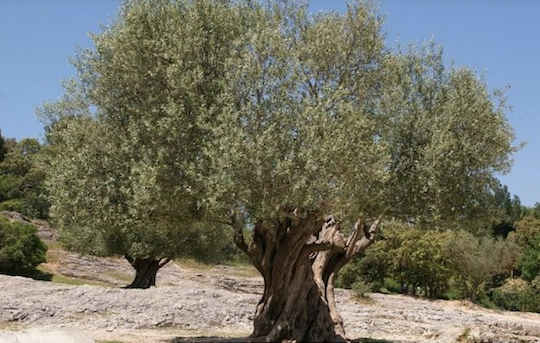The expansion and spreading of cultivated olive trees go back to the Phoenician and Roman era. The civilizations following them spread it to the rest of the world.
This is what happened in America, with olive trees being some of the first plants introduced in the continent. They were specifically introduced in the Antilles as stalks, but they did not survive or adapt to the tropical climate that prevailed there. This led to a missionary Fray Martín to grow with greater success in the rest of Mexico, reaching maximum development in the mid-17th century. This is why it was mandatory to carry the plant material of this so-called liquid gold on every expedition that departed from Spain towards the new continent. This was known as the Olive Tree Conquest.
Once the vegetative material arrived on land, only the olive stalks that were the strongest and healthiest were selected to be cultivated and planted. Today some examples of these olive trees still exist. Known as the Olive Growing Parents of the New World, they are situated in Tulyehualco, to the east of the federal district of Mexico, specifically in an ecological park of La Loma and close to a cemetery in the Universidad Autónoma Metropolitana de México’s research center.
The Jesuits were the ones responsible for creating this olive grove that was later extended throughout the territory. It was Fray Junípero Serra who founded the first Californian mission in San Diego de Alcalá and later extended it to Sonoma with twenty more missions. It was then, when a decree was issued from Spain that prohibited olive growing in America by Spain, that any material that reached the port of Veracruz in Mexico was ordered to be destroyed. Only the missionaries were allowed to use olive trees. It was them, especially Fray Junipero Serra, who sowed the seed inside the olive pits, which resulted in obtaining a new variety called Mission.
High quality olive oil and table olives were obtained from the olive trees with this variety. The crop perfectly adapted to the climatic conditions existing in its area. Currently, this variety accounts for 8% of Californian olive groves, especially in the Sacramento Valley. It has been an extremely important variety in regards to table olives, accounting for 50% of the production. Also, it is greatly renowned and appreciated for the olive oil produced from it in Butte Valley.
This is why it is said that Fray Junipero Serra was more of an olive farmer than a friar.

